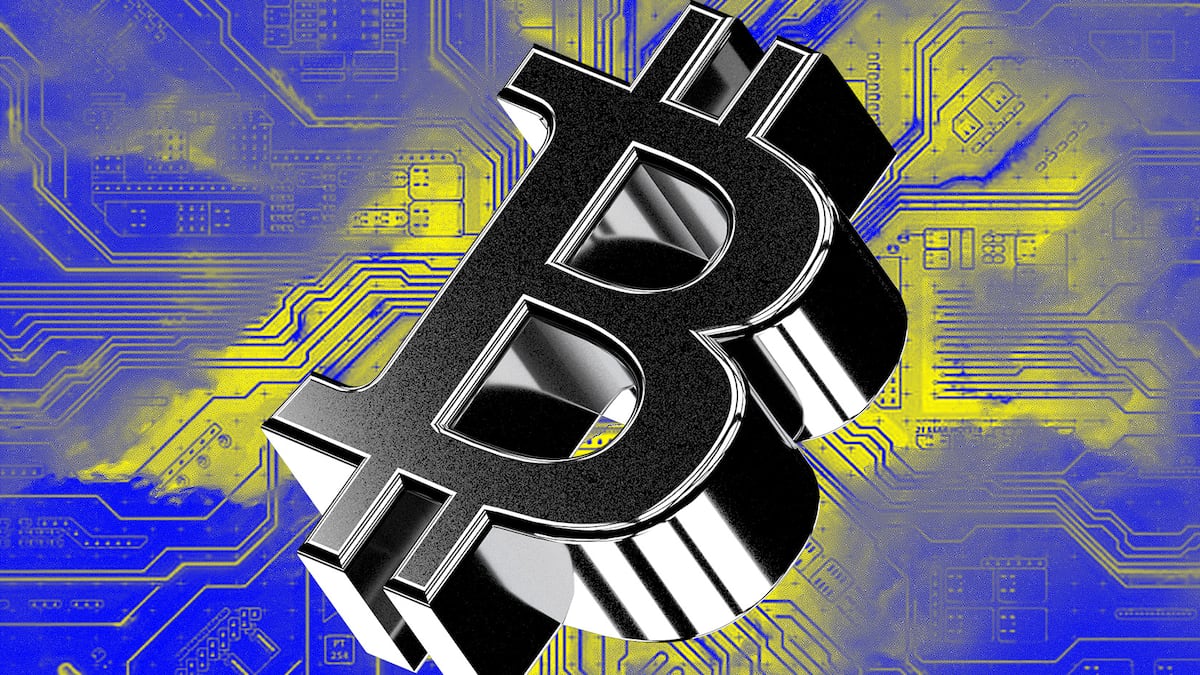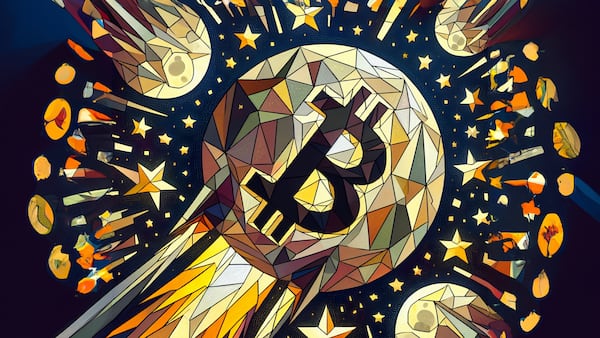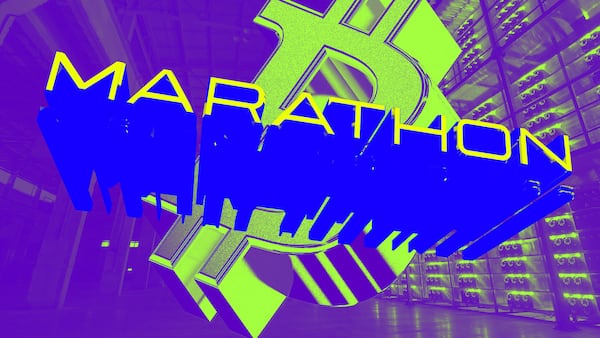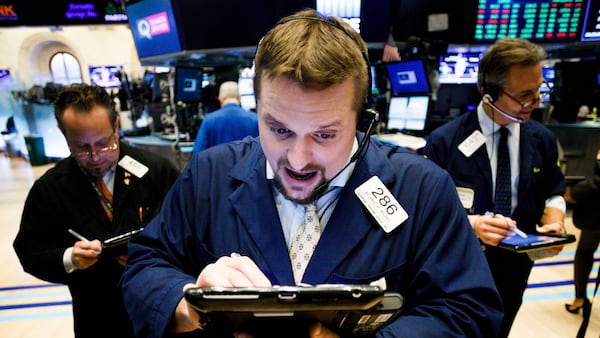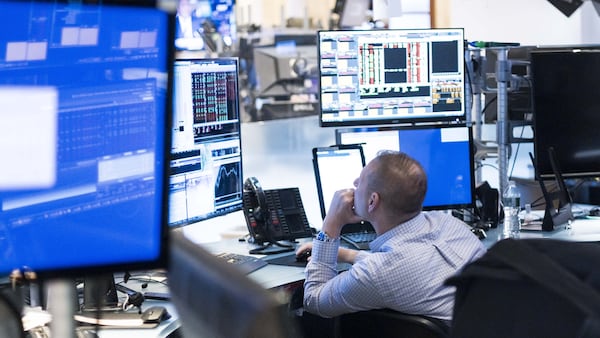- The Bitcoin halving, expected on April 20, will slash Bitcoin issuance by half.
- The halving may push prices higher — but it could also pose challenges for Bitcoin miners.
Few events in crypto are as highly anticipated as a Bitcoin halving.
The process, scheduled roughly every four years, plays a fundamental role in the top cryptocurrency’s raison d’être — it fulfills Bitcoin’s pseudonymous creator Satoshi Nakamoto’s plan to gradually reduce the supply of new coins.
That’s why market participants love halvings: Because Bitcoin miners aren’t earning as much Bitcoin anymore, they can’t sell the same amount as they used to. And with fewer Bitcoin for sale, if demand remains the same — or increases — then Bitcoin’s price naturally pushes higher.
The supply-side shock can be dramatic. Bitcoin rallied roughly 1,845% within five months of its first halving in November 2012, and 2,949% a year and a half after the halving in July 2016. Its third halving in May 2020 had a more modest impact, but Bitcoin still surged 587% in 11 months.
The fourth halving will likely occur on April 20, and it promises to have important consequences for Bitcoin miners and the cryptocurrency they rely on.
Halving mechanics
New Bitcoin is minted each time a network participant adds a new block to the blockchain, roughly every 10 minutes.
This is called mining, and it’s not an easy process. Miners consume enormous amounts of computational power and electricity in a bid to produce Bitcoin’s next block before their competitors do — thereby collecting Bitcoin rewards, as well as transaction fees.
But for philosophical and economic reasons, Nakamoto wanted Bitcoin to have a fixed supply. So they created a hard limit on the number of Bitcoin that could ever exist — 21 million.
Halvings are a mechanism to ensure that Bitcoin issuance dwindles over time until it reaches Nakamoto’s target. The first halving cut Bitcoin block rewards from 50 Bitcoins to 25, the second to 12.5, and the third to 6.25. The fourth halving will slash miner rewards to 3.125 Bitcoin, worth about $178,000 at current prices.
This process is supposed to continue like this, cyclically, until the year 2140, at which point miners will be rewarded only with the network’s transaction fees.
Impact on Bitcoin
In most cases, Bitcoin miners sell the Bitcoin they earn to finance their operational costs. Miners have therefore been a consistent source of Bitcoin selling pressure throughout the asset’s history.
Because a halving cuts in half the amount of Bitcoin that miners earn, it also limits the amount of Bitcoin they can sell. The last three halvings were characterised by drastic reductions in Bitcoin selling, which in turn propelled Bitcoin’s price to new all-time highs.
It’s worth noting, however, that miners have a more modest impact on Bitcoin’s price than they used to. There are 19.6 million Bitcoins circulating now — whereas in 2012 and 2016, when the first two halvings occurred, Bitcoin’s circulating supply stood at roughly 10 million and 15.7 million Bitcoins.
This means that the amount of Bitcoin that miners sell on the market is becoming a smaller and smaller percentage of Bitcoin’s circulating supply.
So while previous halvings have led Bitcoin’s price to new heights, there is no guarantee the upcoming halving will do the same.
Challenges for miners
Because Bitcoin miners tend to rely on Bitcoin rewards as their main source of income, halvings can, and often do, slash their revenue by half.
The problem for miners is that their operational costs remain the same. If a mining operation isn’t efficient enough — for example, it is locked in expensive electricity contracts with its energy providers — it can go under.
Such challenges are particularly acute this time around. The mining industry has become extremely competitive, and it’s increasingly difficult to operate at a profit even in normal conditions.
The fourth halving is therefore expected to put significant strain on midsized, independent mining companies that aren’t able to raise capital efficiently through financial markets.
Marathon Digital Holdings, the largest publicly traded Bitcoin mining corporation in the US, recently told DL News that it was proactively “shopping around for sites to purchase” as the halving approaches.
Update: The article was amended to correct the percentages by which Bitcoin rose in the months after its prior halvings. A typo concerning how many months it took to rise after the second halving was also fixed.
Tom Carreras is a markets correspondent at DL News. Got a tip about the halving? Reach out at tcarreras@dlnews.com
